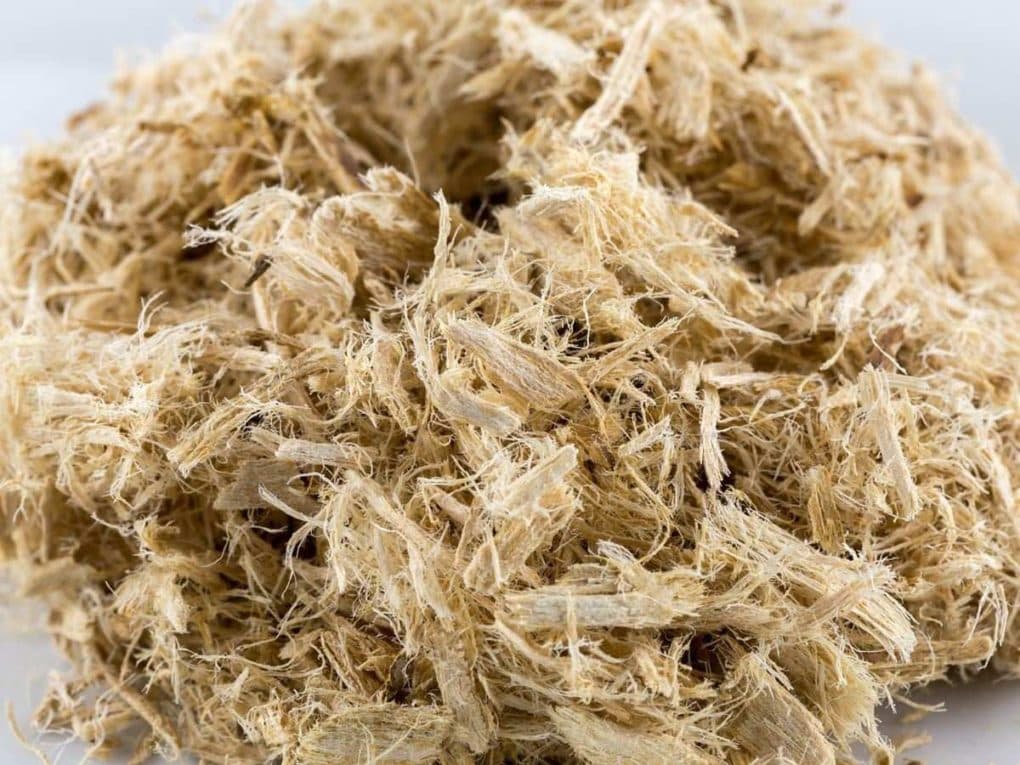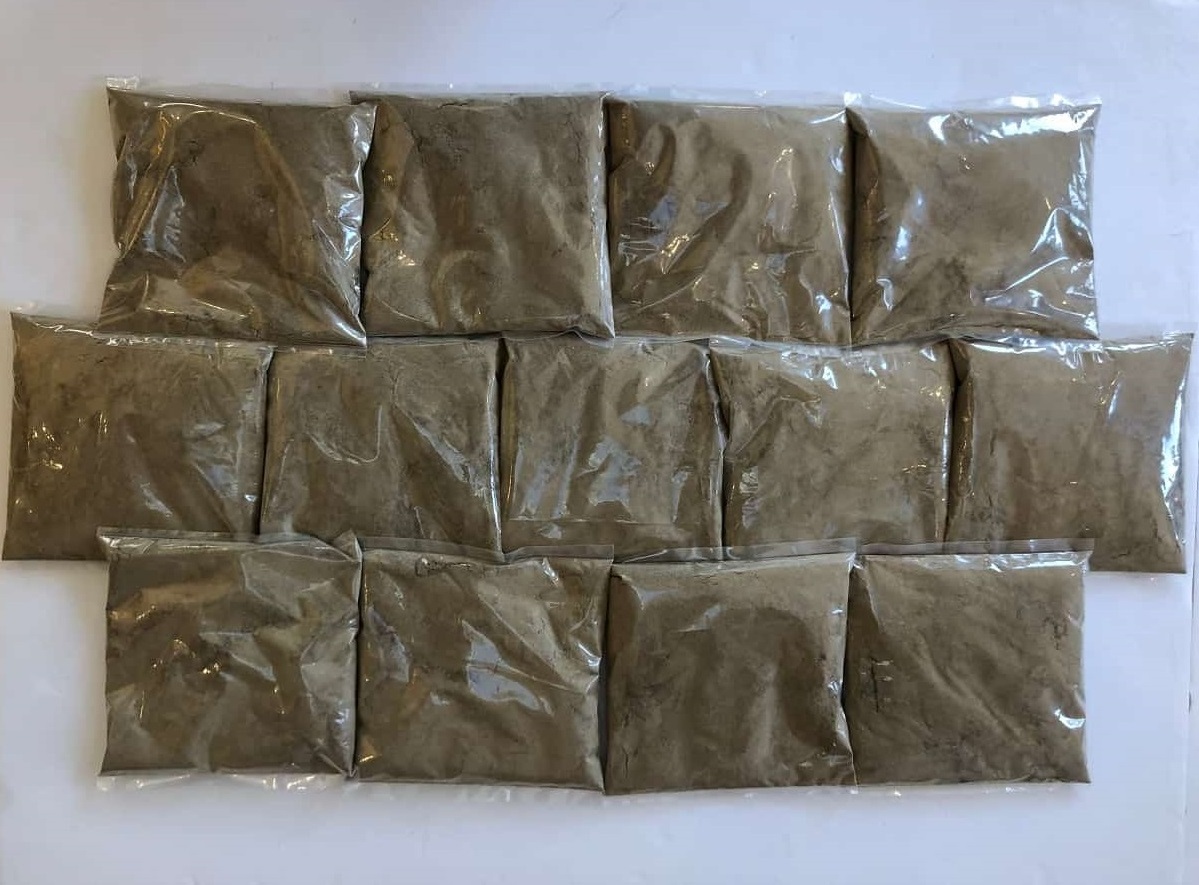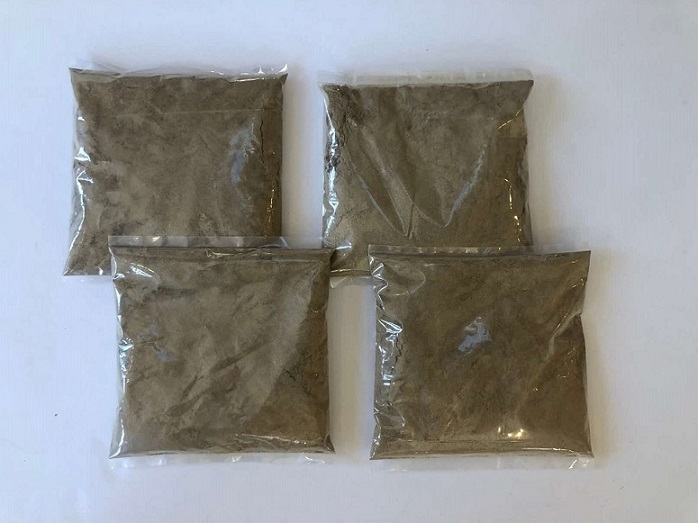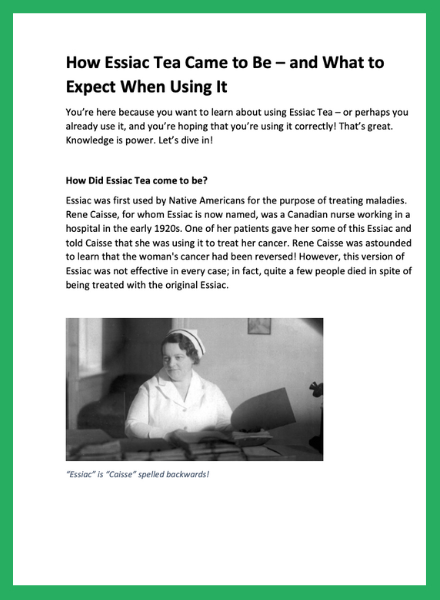- Home
- Ingredients
- Slippery Elm
|
||
| site search by freefind |
Slippery Elm Bark is one of the Eight Essiac Tea Ingredients
Slippery elm bark strengthens many different aspects of the body all in one herb
Slippery elm bark (ulmus rubra) is one of the essiac tea ingredients. It has been used as a supplement and herbal remedy for many decades.
The tree is a favorite shade and ornamental tree throughout Canada and the United States. The inner bark is the only part used to make essiac, however.
 Slippery elm bark may be the most versatile of the eight essiac tea ingredients.
Slippery elm bark may be the most versatile of the eight essiac tea ingredients.Slippery Elm Bark: What it's Known For
As a tonic, this bark is known for its ability to sooth and strengthen the organs, tissues, and mucous membranes, especially the lungs and stomach. The popularity of this bark has endured, no doubt, because it works so well for coating and soothing irritated or inflamed mucous membranes. This is the work of an ingredient in the inner bark called mucilage, a gummy, gel-like substance that when ingested forms a protective layer along the throat, digestive tract, and other areas. Astringent compounds in the herb called tannins help tighten and constrict the tissue.
However, the research was not conducted according to the research terms of the Canadian Government, and because of that Canada shut down the clinical trials. This information is documented in depth in the book The Essiac Report by Richard Thomas.
For the same reasons, salves and ointments containing the prized bark have long been popular for coating well-cleaned minor wounds and burns to protect them from further injury. It promotes fast healing of cuts, burns, ulcers and wounds, especially when applied as a poultice. It can be used as a poultice for aching joints. This bark also helps alleviate sore throats. It is an ingredient in lozenges sold to soothe throat irritation. Since sore throat and cough are often linked, this bark has also been used in cough remedies. The herb in warm tea form works well for cough and sore throat too, as does a liquid extract. And for the pain of acute bronchitis, there may be no more soothing balm than several cups of the herbal tea to lubricate and protect raw and irritated airways. Slippery Elm Bark is known among herbalists for its ability to cleanse, heal, and strengthen the body.
Slippery elm bark may ease gastrointestinal symptoms of conditions such as Crohn's disease. The soothing mucilage effect is also used for disorders of the gastrointestinal tract. Mucilage is a complex mixture of polysaccharides that form a soothing gelatinous fiber when water is added.
Slippery Elm Bark has several beneficial effects on digestion:
- It reduces the amount of time digestives remain in the bowel
- It absorbs toxins from the bowel
- It increases the bulk of stools and dilutes stool materials thereby reducing stool contact with the intestinal mucosa
- It enhances helpful bacteria processes in the intestines. The mucilage resists hydrolysis and digestion by stomachs acids and enzymes, meaning that it maintains it's soothing action throughout the entire digestive system. The discomforts of heartburn or an ulcer may respond to slippery elm bark.
This bark contains, as its primary ingredient, the mucilage, but also contains gallic acid, phenols, starches, sugars, the vitamins A, B complex, C, K, and P. It contains large amounts of calcium, magnesium, and sodium, as well as smaller amounts of chromium, selenium, iron, phosphorous, silicon and zinc.
This plant is considered a safe herb when taken at commonly recommended dosages. The amount of slippery elm bark is completely safe when taken in the amounts in the essiac tea formula.
Health authorities in the United States have recognized this bark to be an effective medicine for a while now. It is one of the few herbs that has the approval of the Food and Drug Administration as a nonprescription demulcent (soothing agent) that can be taken internally.1
Now that you've read about Slippery Elm Bark and essiac, click here to see the other essiac tea ingredients.
1 AHP releases monograph standards and therapeutic compendium on slippery elm (Ulmus rubra Muhl.) inner bark [press release]. Scott’s Valley, CA: American Herbal Pharmacopoeia. March 10, 2011. Accessed February 22, 2011. https://www.herbalgram.org/resources/herbalgram/issues/94/table-of-contents/orgnews_ahpmonos/
Purchase your own supply of essiac tea today. It's the same essiac Rene Caisse used.
Essiac tea takes just 10 minutes to prepare once every two weeks. It costs less than $1 per day to use.
Click here to order our most popular size of essiac: the six month supply at aggressive/improvement of health serving size. It lasts 9 months at the maintenance serving size.
If you'd rather start with a smaller supply of essiac, you can purchase it here. This lasts two months at the aggressive/improvement of health serving size, or three months at the maintenance serving size.
- Home
- Ingredients
- Slippery Elm
Sign up for our Newsletter and Get Your Free Gift Now
We are rebranding our look and feel! Sign up for the Essiac Newsletter here, on our newer site, GenuineEssiac.com:
➡️ Sign Up Now
We promise that we will never use your contact information for purpose other than to send you the Newsletters. You will maintain the right to unsubscribe from these e-mails at any time. We never share your information with third parties.




